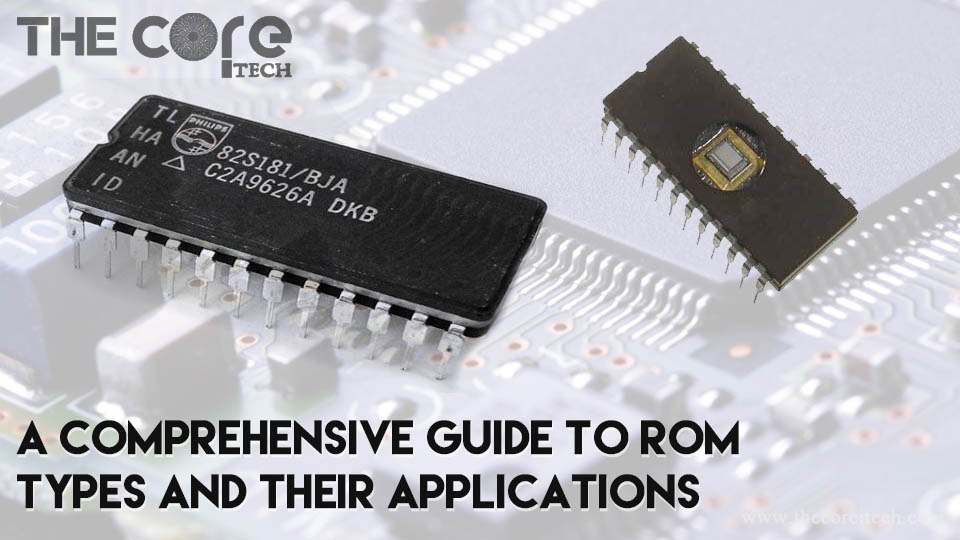[ad_1]
In the fast-paced world of Information Technology (IT), where digital innovations shape our daily lives, understanding the underlying technologies becomes paramount. Join us as we embark on a fascinating exploration of Read Only Memory (ROM), a vital component within the realm of IT.
In this journey, we will delve deep into the intricacies of ROM and uncover its vital role in the world of computing.
Throughout this guide, we will explore the various types of ROM, each with its own unique characteristics and functionalities.
First, we will unravel the secrets of Programmable ROM (PROM), which provides the ability to store custom data or instructions through a one-time programming process.
Next, we will uncover the fascinating world of Erasable Programmable ROM (EPROM), which allows for multiple erasures and reprogramming, making it flexible in certain applications.
Then, we will dive into Electrically Erasable Programmable ROM (EEPROM), a type of ROM that enables electrical erasing and reprogramming, providing a more convenient solution for certain use cases.
Lastly, we will examine Mask ROM, a type of ROM that is manufactured with predetermined data during the chip production process, making it unchangeable.
As we journey through this guide, we will also explore the advantages of ROM, such as its non-volatile nature, meaning data remains intact even without power.
However, we will also address the limitations of ROM, such as the challenge of modifying or updating its contents without specialized processes like programming or erasure.
So, get ready to embark on this captivating exploration of ROM, where data perseveres against the test of time and power cycles.
Together, we will gain a comprehensive understanding of ROM, its different types, and its indispensable applications in the ever-evolving landscape of computer systems and technology.
Let’s begin this enlightening journey into the world of ROM and unlock its secrets.
Definition of ROM!
Read Only Memory (ROM) is a type of computer memory. It retains data even when power is turned off.
Unlike other memory types, ROM cannot be easily modified or erased. It stores permanent instructions and data.
ROM is an integral component of electronic devices and embedded systems. It provides essential information for device operation.


ROM is non-volatile, meaning it retains data without continuous power. It ensures the availability of stored information over extended periods.
ROM plays a critical role in the booting process of computer systems. As it contains firmware and BIOS code necessary for initialization.
Due to its unique characteristics, ROM is widely used in various applications. Ranging from consumer electronics to industrial systems, where data permanence and reliability are paramount.
Importance and Role of ROM in Computer Systems!
ROM is crucial in computer systems, providing essential functions and storing vital information.
It is primarily used for firmware storage in devices like:
- Smartphones
- Tablets
- Gaming consoles
Firmware contains fundamental instructions for device operation.
ROM ensures the retention of firmware even when devices are powered off.
ROM plays a critical role in the computer’s Basic Input/Output System (BIOS). The BIOS initializes hardware and facilitates communication with the operating system during startup.


ROM holds the BIOS code, enabling hardware initialization.
Embedded systems rely on ROM for critical instructions, settings, and data storage.
ROM’s non-volatile nature ensures data integrity, even during power loss or system shutdown. ROM’s data persistence is essential for preserving critical system settings and configuration data.
ROM ensures reliability and functionality in electronic devices. It contributes to the longevity and stability of crucial instructions and data in computer systems.
Types of ROM
In the vast landscape of computer memory, Read Only Memory (ROM) comes in various types. Each types serving a specific purposes.
Let’s explore the different types of ROM and their unique characteristics. Which contribute to the functionality and reliability of electronic devices and embedded systems.
1. Mask ROM (MROM).
Mask ROM is a type of Read Only Memory. It is manufactured with pre-programmed data during the chip fabrication process.


The data is permanently stored in the ROM and cannot be altered or reprogrammed.
The name “Mask ROM” comes from the fact that a physical mask is used during manufacturing to define the memory contents.
Mask ROM provides fixed instructions and data that remain unchanged throughout the lifespan of the chip. It is commonly used in applications where the data needs to be set once and does not require any modifications.
Mask ROM is cost-effective for large-scale production runs as the data is programmed at the manufacturing stage.
2. Programmable ROM (PROM).
Programmable ROM is a type of Read Only Memory. It allows for one-time programming by the user after manufacturing.
PROM chips are initially blank and can be programmed using special programming devices.
Once programmed, the data becomes permanent and cannot be changed.
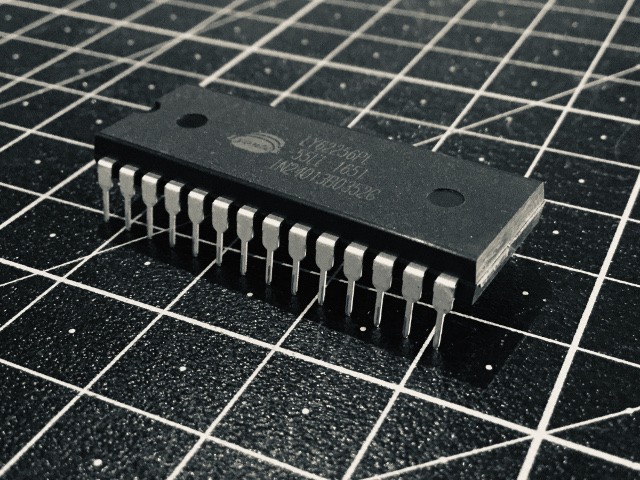

PROM is commonly used when the data needs to be customized for a specific application. It offers flexibility compared to Mask ROM as users can program the desired data themselves.
However, once programmed, PROM cannot be reprogrammed or erased.
PROM is cost-effective for small-scale production or when customization is required.
3. Erasable Programmable ROM (EPROM)
EPROM is a type of ROM that can be erased and reprogrammed. It utilizes ultraviolet light for erasing the data stored in the chip. Once erased, new data can be programmed into the EPROM.
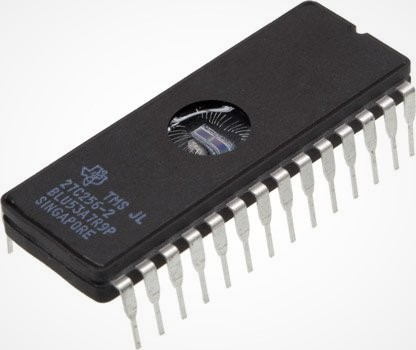

EPROM offers the advantage of flexibility and reusability compared to other ROM types.
However, the erasing process requires exposure to ultraviolet light for a specified duration.
EPROM is commonly used when occasional reprogramming is required, such as during firmware updates or system modifications.
4. Electrically Erasable Programmable ROM (EEPROM)
EEPROM is a type of ROM that can be erased and reprogrammed electrically. Unlike EPROM, it does not require exposure to ultraviolet light for erasing.
EEPROM enables data modification without the need for physical erasure.
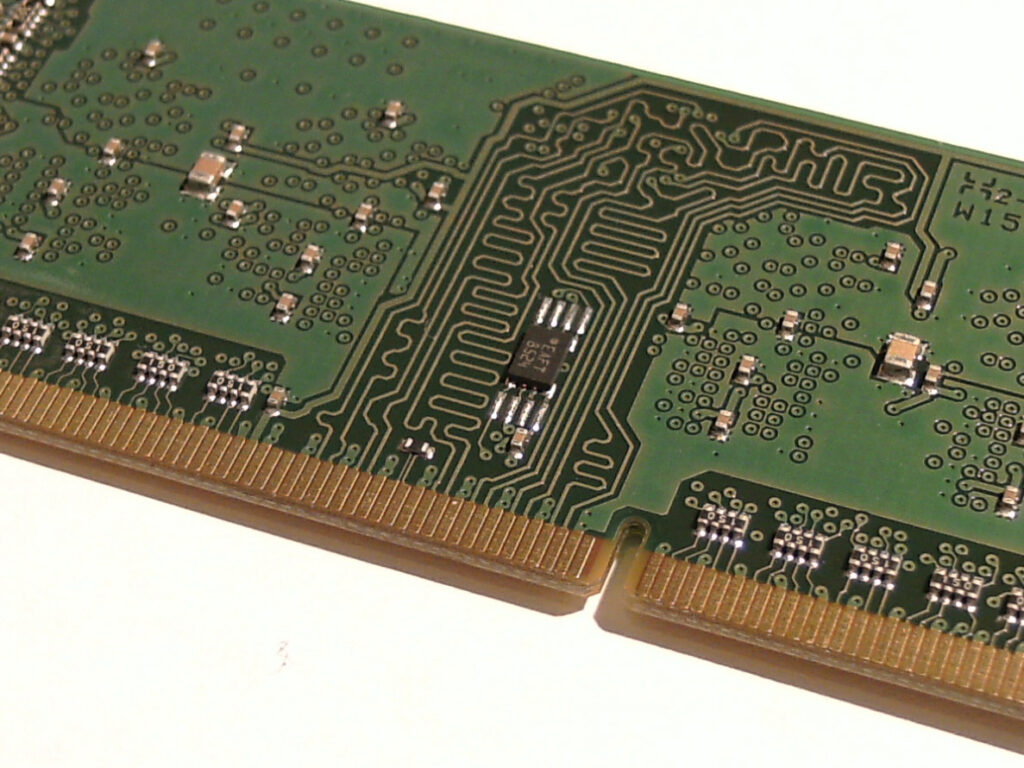

The erasing and reprogramming of EEPROM can be done electronically, making it more convenient than EPROM. It offers flexibility and versatility for applications that require frequent data updates or modifications.
EEPROM is commonly used in various devices, such as computer BIOS chips and memory cards.
5. Flash Memory
Flash memory is a type of EEPROM. It is widely used in modern devices.
Flash memory offers higher density and faster read/write speeds compared to traditional EEPROM. It allows for block-wise erasing and programming, making it more efficient.
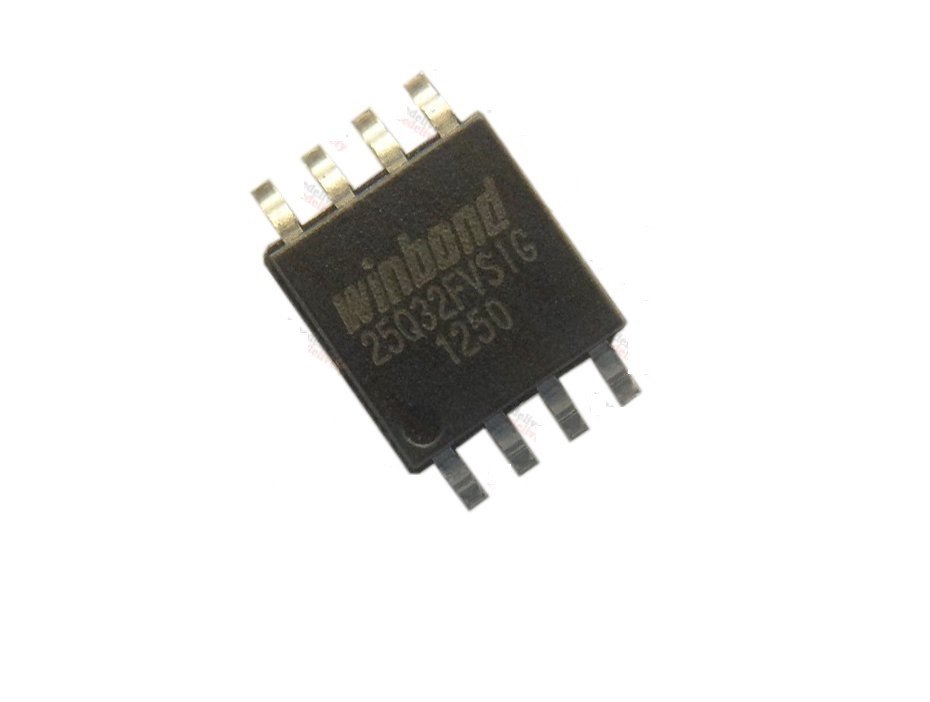

Flash memory is commonly found in smartphones, USB drives, solid-state drives (SSDs), and memory cards. It is used for storing firmware, operating systems, applications, and user data.
The non-volatile nature of flash memory ensures data retention even when power is turned off. Its reliability, speed, and capacity have made it a popular choice for data storage in portable and embedded systems.
The choice of ROM type depends on the specific requirements of the application. Different types, including Mask ROM, PROM, EPROM, EEPROM, and Flash memory, offer varying levels of permanence and reprogrammability.
Each type plays a critical role in electronic devices, ensuring reliable operation. And meeting the unique needs of diverse applications. ROM remains an essential component in modern computing and embedded systems.
Connection and Placement of ROM on a motherboard
The connection and placement of ROM on a motherboard play a crucial role in the overall functionality of a computer system. ROM chips, which contain the permanent data, are typically soldered onto the motherboard. The chip installed during the manufacturing process.
The ROM chips are connected to the motherboard through dedicated pins or slots.
The specific placement and connection of ROM on the motherboard vary depending on the type of ROM. In many cases, the ROM chips are positioned near the center or edge of the motherboard. Usually in close proximity to other essential components such as the CPU (Central Processing Unit) or the BIOS (Basic Input/Output System) chip.
The connection between the ROM and the motherboard is established through the use of specialized connectors. Such as DIP (Dual In-line Package) sockets or surface-mounted connectors.


These connectors ensure a secure and reliable connection between the ROM chip and the motherboard. Which allows the transfer of data and instructions.
Overall, the connection and placement of ROM on the motherboard are essential steps in the manufacturing and assembly process of computer systems. They ensure the reliable storage and retrieval of permanent data, contributing to the overall functionality and performance of the system.
Applications of ROM:
ROM (Read Only Memory) has widespread applications in electronic devices. It embedded systems, automotive, medical, and industrial control systems. It ensures reliable storage of firmware, system booting, configuration settings, security, historical preservation. Also the and functionality of various devices and systems.
Firmware Storage:
ROM is used to store firmware in electronic devices. It ensures permanent storage of essential instructions and data.
Booting Process:
ROM holds the BIOS code for initializing hardware during computer startup. It enables communication between hardware and the operating system.
Embedded Systems:
ROM stores critical instructions and data in embedded systems. It ensures reliable performance in applications like automotive systems and medical devices.
System Configuration:
ROM stores system configuration settings. It retains settings even during power cycles or system reboots.
Security:
ROM stores sensitive data for enhanced security. It protects encryption keys, digital signatures, and security protocols.
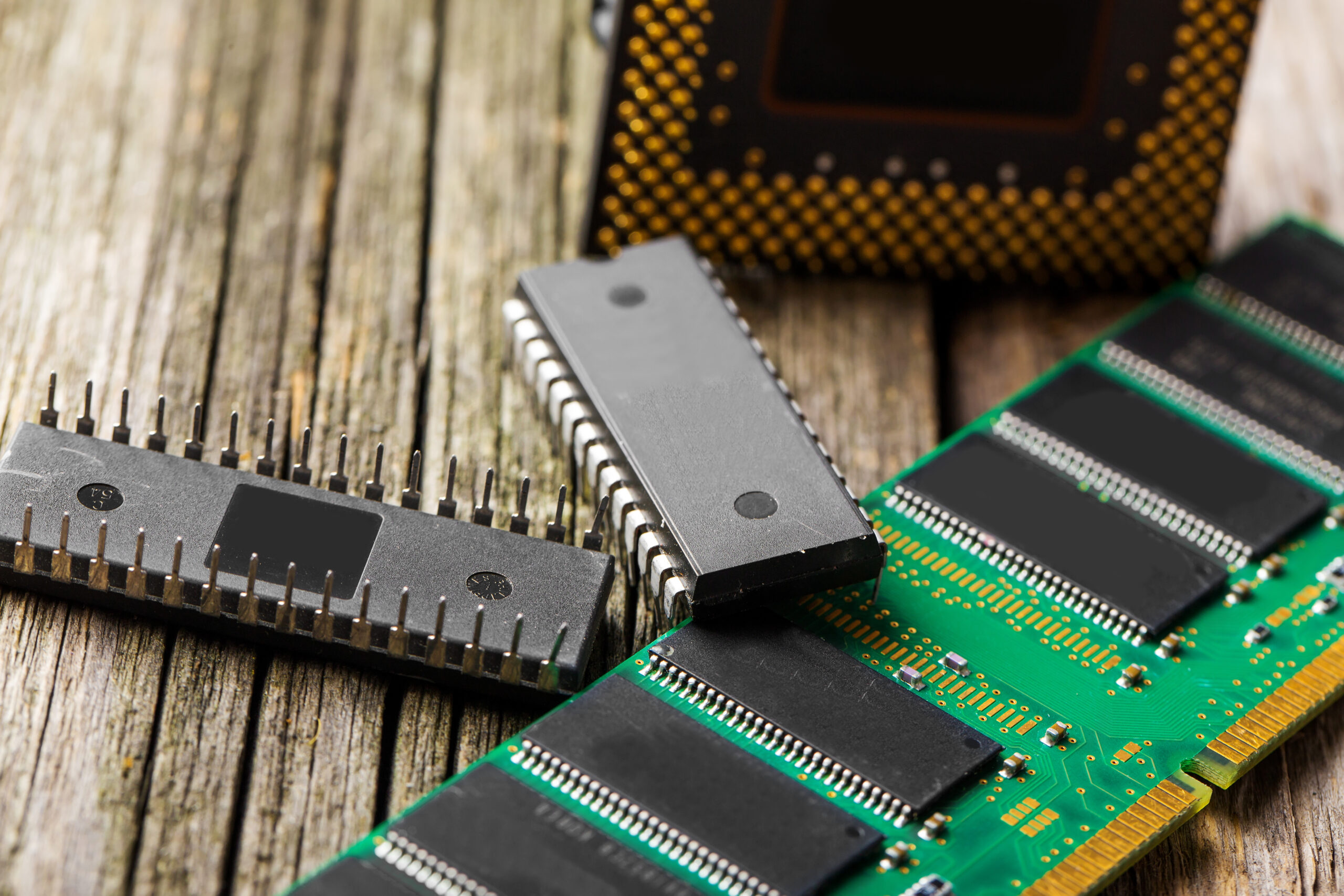

Historical Preservation:
ROM is used to preserve historical information. It ensures the longevity and availability of archived documents and multimedia content.
Consumer Electronics:
ROM is utilized in consumer electronic devices. It stores pre-installed applications, system software, and firmware updates.
Medical Devices:
ROM stores critical firmware and software instructions in medical devices. It ensures the accurate functioning of devices like pacemakers and diagnostic equipment.
Automotive Systems:
ROM plays a role in automotive systems. It stores firmware and software instructions for vehicle operation and safety.
Industrial Control Systems:
ROM is used in industrial control systems. It stores control programs and instructions for robotics and automation systems.
In summary, ROM (Read Only Memory) is widely utilized for firmware storage, system booting, configuration settings, security, historical preservation, and functionality in electronic devices and systems. Its versatile applications ensure reliable operation and optimal performance across industries.
Advantages and Limitations of ROM!
ROM (Read Only Memory) offers several advantages and limitations that are important to consider.
Let’s explore them in detail:


Advantages of ROM:
- Non-Volatile: ROM retains data even when power is turned off, ensuring permanent storage of instructions and data.
- Reliability: ROM is highly reliable due to its non-volatile nature, making it ideal for storing critical firmware and system instructions.
- Security: ROM can store sensitive data securely, as it cannot be easily modified or tampered with.
- Cost-Effective: ROM is cost-effective for mass production, as its contents are permanently programmed during manufacturing.
- Fast Access: ROM provides fast access to stored instructions and data, enhancing system performance and responsiveness.
Limitations of ROM:
- Lack of Flexibility: Once programmed, ROM contents cannot be easily modified or updated, limiting its flexibility for future changes.
- Limited Reprogrammability: Certain types of ROM, such as Mask ROM, are not reprogrammable, making them suitable for fixed applications only.
- Production Time: The manufacturing process of ROM involves programming the desired contents during production, which can increase production time compared to other memory types.
- Higher Cost for Customization: Customizing ROM requires additional steps and costs during manufacturing, making it more expensive compared to other memory options.
- Limited Storage Capacity: ROM typically has a fixed storage capacity, which may not be expandable or adjustable.
Understanding the advantages and limitations of ROM is crucial. Specially when selecting the appropriate memory type for specific applications. Careful consideration of these factors helps ensure optimal functionality, reliability, and cost-effectiveness in electronic devices and systems.
Conclusion
ROM (Read Only Memory) offers advantages such as non-volatility, reliability, security, cost-effectiveness, and fast access to stored data.
However, it also has limitations, including inflexibility, limited reprogrammability, longer production time, higher customization cost, and limited storage capacity.
Understanding these factors is crucial for selecting the appropriate memory type for specific applications. Ensuring optimal functionality and cost-effectiveness in electronic devices and systems.
Frequently Asked Questions (FAQs)
What is ROM?
ROM stands for Read Only Memory, which is a type of non-volatile memory that retains data even when power is turned off.
What are the main types of ROM?
The main types of ROM include Mask ROM, PROM, EPROM, EEPROM, and Flash memory.
What is the difference between ROM and RAM?
ROM is non-volatile memory that stores permanent data, while RAM (Random Access Memory) is volatile memory that stores temporary data.
Can ROM be modified or updated?
It depends on the type of ROM. Some ROM types, like Mask ROM, cannot be modified or updated, while others, like PROM and EPROM, can be programmed or erased under specific conditions.
What are the applications of ROM?
ROM finds applications in firmware storage, system booting, embedded systems, system configuration, security, historical preservation, consumer electronics, medical devices, automotive systems, and industrial control systems.
Is ROM faster than RAM?
ROM and RAM serve different purposes. ROM provides fast access to stored instructions and data, while RAM offers faster read/write operations for temporary data storage.
Can ROM data be deleted or lost?
ROM data cannot be deleted or lost under normal circumstances. However, certain types of reprogrammable ROM, like EPROM and EEPROM, can be erased and reprogrammed under specific conditions.
How is ROM programmed during manufacturing?
ROM is programmed during manufacturing using various methods like photolithography or electrical programming, depending on the type of ROM.
Can ROM be upgraded or expanded?
ROM generally has a fixed storage capacity and cannot be easily upgraded or expanded. However, certain types of ROM, like Flash memory, allow for limited reprogramming or expansion.
What is the lifespan of ROM?
ROM has a long lifespan as it is not subject to wear and tear from read/write operations. It can retain data for many years without degradation.
Remember to consult specific product documentation or experts for detailed information regarding ROM usage and specifications.
[ad_2]
Source link




